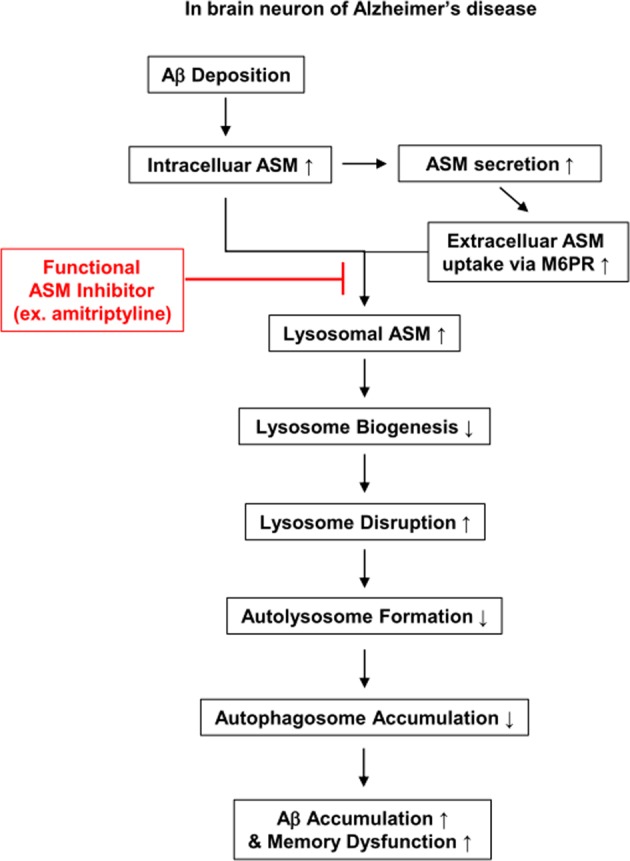Fig. 2. Schematic summary of ASM-mediated pathophysiology and therapeutic effects of ASM inhibition in AD.

In AD, ASM is increased in neurons by environmental or cellular stress. Intracellular and secreted ASM can be taken up into the lysosome via M6PR. Excessively increased lysosomal ASM affects lysosomal disruption, and intracellular ASM decreases lysosome biogenesis. This lysosomal disruption by ASM inhibits autophagic protein degradation and further leads to the accumulation of autophagosomes and abnormal proteins, such as Aβ and cytotoxic proteins. Eventually, autophagic flux decreases and induces Aβ deposition and memory impairment in AD. ASM inhibition by functional inhibitors such as amitriptyline blocks AD progression by ameliorating the autophagic process.
